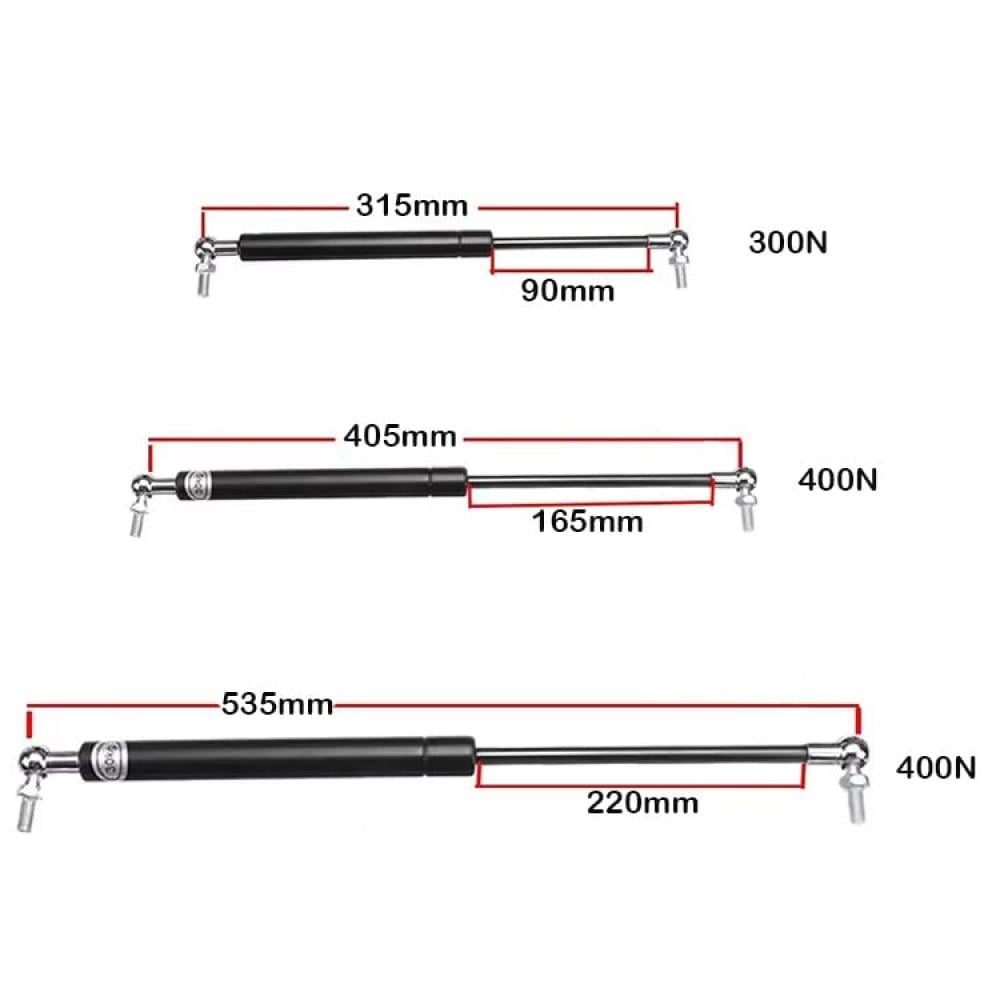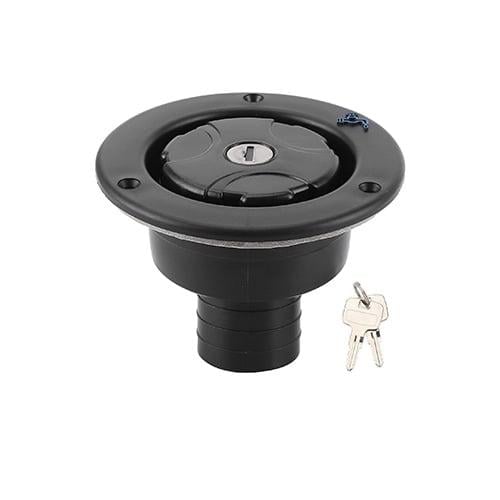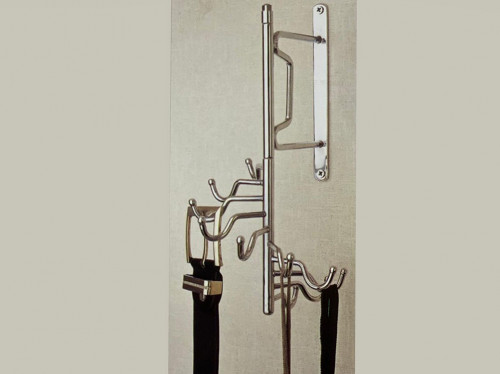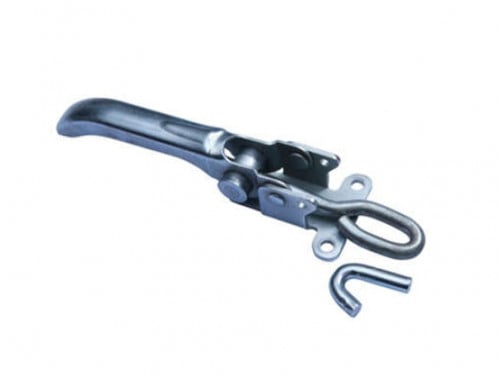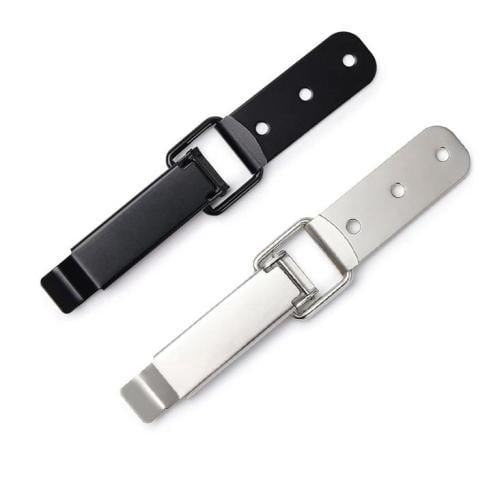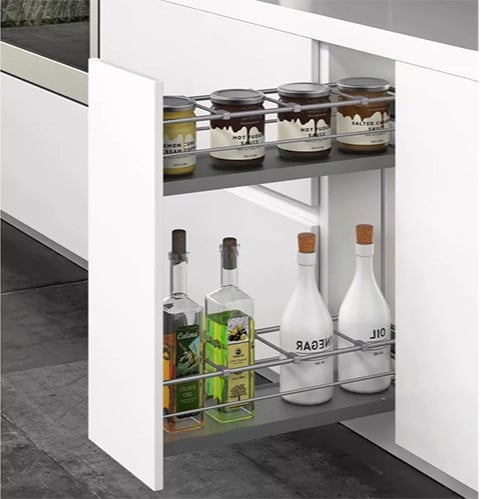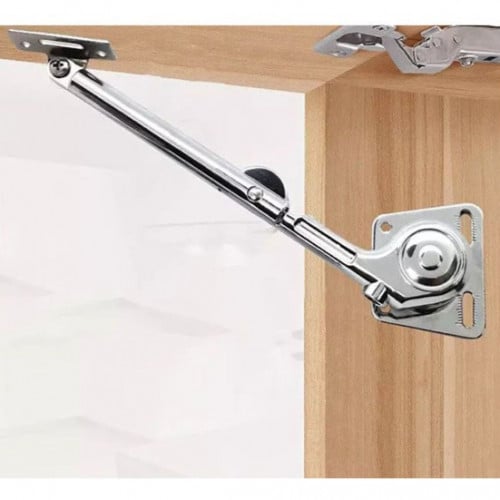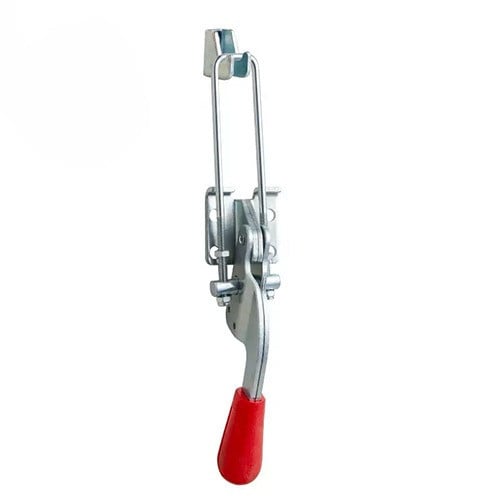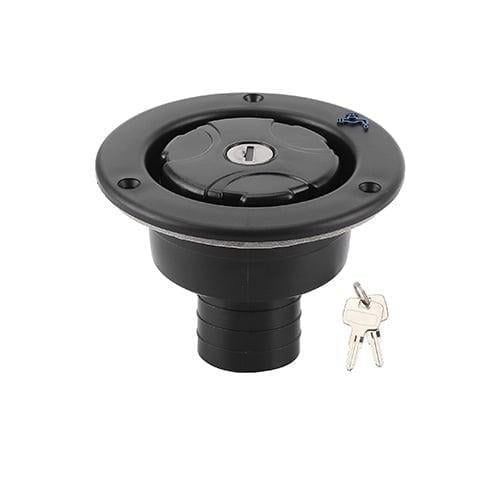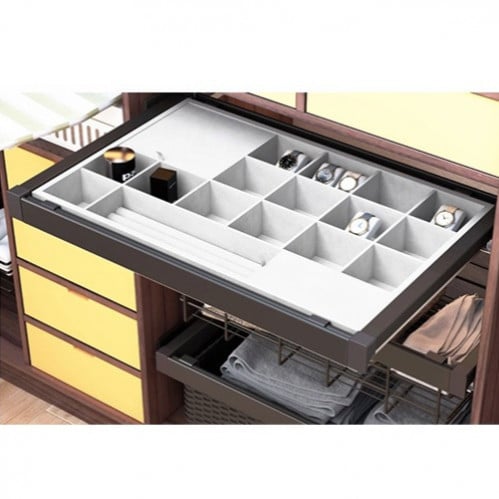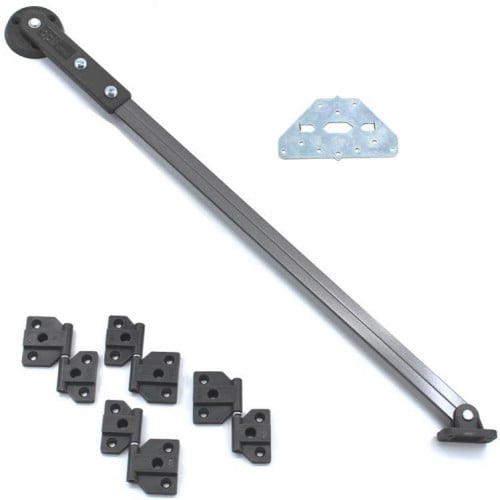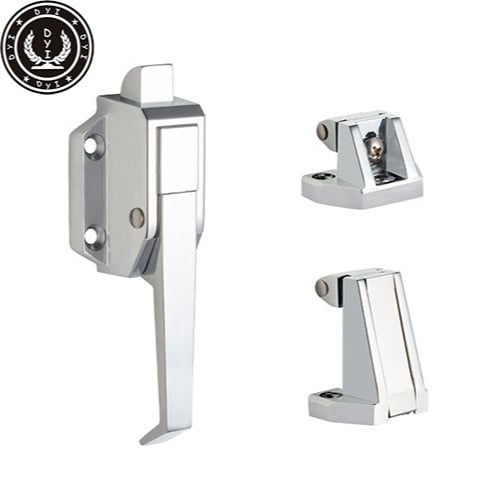Gas spring
A gas strut, also known as a gas spring or gas lift, is a mechanical device used to provide support and control the movement of heavy or movable objects. It features a simple yet effective design that relies on compressed gas and oil to deliver smooth and precise motion.
Components of a Gas Strut
1. Metal Cylinder: Contains compressed gas (usually nitrogen) and hydraulic oil to regulate motion.
2. Piston Rod: Extends and retracts within the cylinder to provide the necessary force.
3. Pressure Valves: Control the flow of gas and the movement.
4. Joints or Connectors: Facilitate the strut’s installation and allow it to move at specific angles.
How It Works
• Compression and Extension: The gas inside the cylinder is compressed when the piston rod moves inward, creating elastic energy that pushes the rod outward when needed.
• Motion Control: The hydraulic oil inside the strut reduces shocks and ensures smooth and controlled movement.
Applications of Gas Struts
1. In Automobiles:
• Supporting the opening and closing of trunk doors or engine hoods.
• Ensuring smooth movement of heavy components.
2. In Furniture:
• Adjustable chairs, such as office chairs.
• Opening and closing lids in home furniture.
3. In Industrial Equipment:
• Supporting heavy covers or doors in machinery.
• Enhancing efficiency and reducing manual effort.
4. In Medical Equipment:
• Providing smooth and precise movement for adjustable beds or devices.
Advantages
• Smooth Motion: Minimizes shocks during opening and closing.
• Durability: Can withstand heavy weights and lasts a long time.
• Safety: Reduces the risk of sudden falling of lids or doors.
• Effort Saving: Makes lifting or lowering objects easier without requiring much force.
Maintenance and Care
• Regularly clean and lubricate the joints to ensure proper functionality.
• Check for gas or oil leaks and replace the strut if necessary.
• Choose the right type based on weight and application.
Conclusion
Gas struts are one of the most essential mechanical innovations that have improved everyday life by reducing the effort required to handle heavy objects. They are widely used across various applications, from automobiles to industrial equipment, making them an indispensable part of modern technology.



